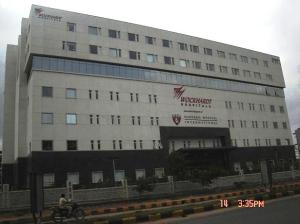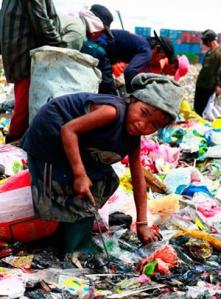There was an article posted by the New York Times in 2008 about contrasting two different hospitals in Bangalore, India. Wockhardt is a state-of-the-art private hospital that provides 5-Star service. Patients have private rooms overlooking gardens, cable TV, computers, and ice cream in a mini fridge at easy reach. The next hospital is Bowring, the government run hospital. This hospital lacks dialysis machines, ventilators, an ICU, and nutritional meals.
In the article Bowring hospital says, “one of the young doctors, named Harish, said a ventilator and a dialysis machine would have allowed him to keep half of his patients alive. The most severe case, Mohammed Amin, was breathing with the aid of a hand pump that his wife squeezed silently.
Harish sent the relative of one man to get blood tests done at the nearest private hospital; there was no equipment to do the test here.”
These health disparities are caused by a government unwilling to spend money on improving their medical systems and many people unable to afford the care of a private hospital. The government has more money to give to its government hospitals but they refuse because there are private hospitals and feel that they are able to allocate their budget else were. This creates even larger problems because the poor majority are unable to afford the care that they need.





